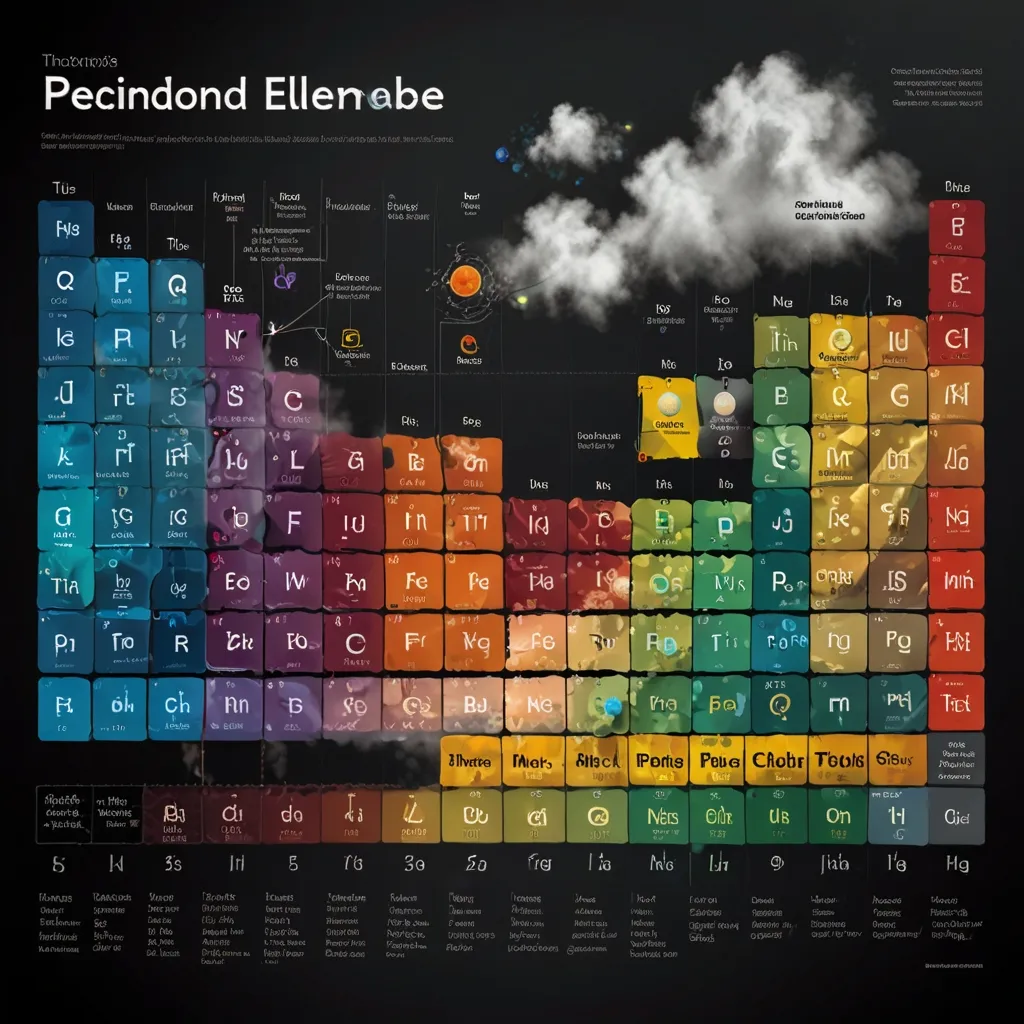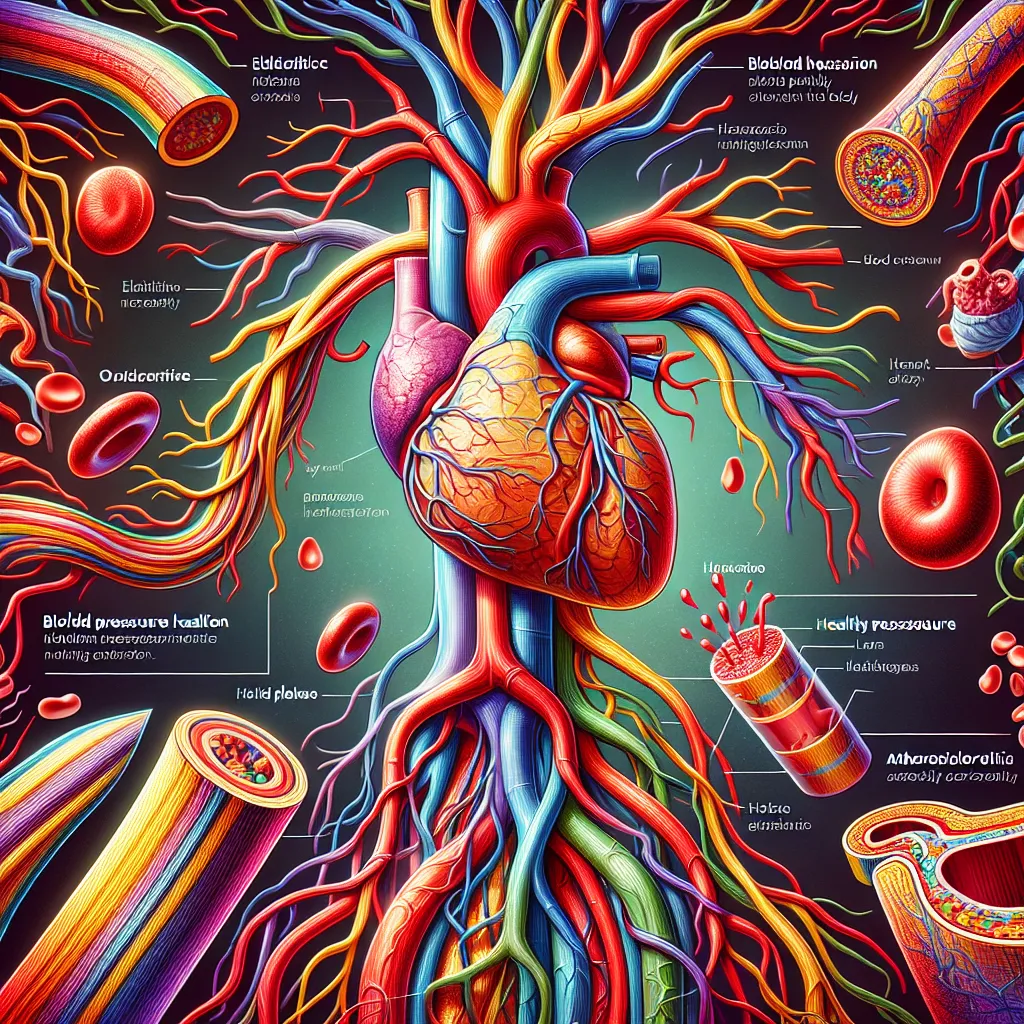If you’ve sat through a basic chemistry class, you’ve likely encountered that iconic chart that lists all the different types of atoms on Earth—the periodic table. At first glance, it might have seemed a bit intimidating, but it’s essentially just a list organized by the number of protons in an atom’s nucleus. For neutral atoms, this number also dictates the number of electrons they possess. These numbers define each element’s unique chemical properties.
A closer inspection of the periodic table reveals it isn’t just a straightforward numerical list. Elements are grouped based on similar properties. This similarity in properties is rooted in the specific arrangement of electrons around an atom’s nucleus.
But why are electrons arranged this way? The explanation lies in quantum mechanics, a powerful tool that demystifies the entire periodic table of elements. It accounts for every type of atom found on Earth, and understanding how can be quite fascinating.
In chemistry, it’s all about the electrons—especially how they fill the “shells” around the nucleus. Electrons tend to arrange themselves in the most energy-efficient manner possible. This energy efficiency is maximized when electron shells are either completely full or empty.
Now, let’s break down the concept of these shells. Imagine the Bohr model of the atom, an oversimplified but useful visual. According to Bohr, electrons can only occupy certain stable orbits around a nucleus. Think of these orbits as shells, where each shell represents an energy level. This model, however, only scratches the surface.
Erwin Schrödinger enhanced our understanding with his quantum mechanical model. Schrödinger revealed that electrons aren’t fixed in orbits but exist as matter waves forming a probability cloud around the nucleus. He formulated the Schrödinger equation to describe this behavior, and it was groundbreaking. This equation explained that each shell can hold a specific maximum number of electrons: two in the first shell, eight in the second, eighteen in the third, and so on.
But why are these numbers so specific? It all comes back to energy states. In the quest for minimal energy, electrons fill the orbits starting from the nucleus and moving outward. The Schrödinger equation, a form of the energy conservation principle, helps us understand these configurations most simply for the hydrogen atom, the simplest one-proton, one-electron system.
The hydrogen atom, being spherically symmetrical, allows for a relatively simple application of the Schrödinger equation. Solving this equation for hydrogen gives us a wave function—representing the probability of finding an electron in specific quantum states. These states depend on three quantum numbers: n (the shell level), l (angular momentum), and m (magnetic quantum number). These numbers help define the possible configurations of electrons in an atom.
For example, n equals one puts the atom in its lowest energy state. As n increases, so do the possible values of l and m, leading to more complex electron arrangements. These principles apply not just to hydrogen but to all elements, helping to predict the structure of the periodic table, albeit with some approximation for larger atoms.
One important detail is that electrons have “spin” (either up or down), governed by the Pauli exclusion principle, which states that no two electrons can have the same set of quantum numbers in the same orbital. This principle essentially doubles the electron capacity for each configuration.
While the hydrogen model provides a good approximation, especially for small atoms, the Schrödinger equation grows complex for larger atoms, requiring adjustments. Hence, the chemistry you learn about filling electron d-orbitals and s-orbitals out of sequence stems from energy efficiency revealed by quantum mechanics.
In essence, the periodic table’s structure is a direct consequence of the Schrödinger equation’s solutions for electron configurations. This profound connection between quantum mechanics and chemistry demonstrates the elegance of nature’s design. Understanding it not only deciphers the periodic table but also enriches our appreciation of the atomic world.






